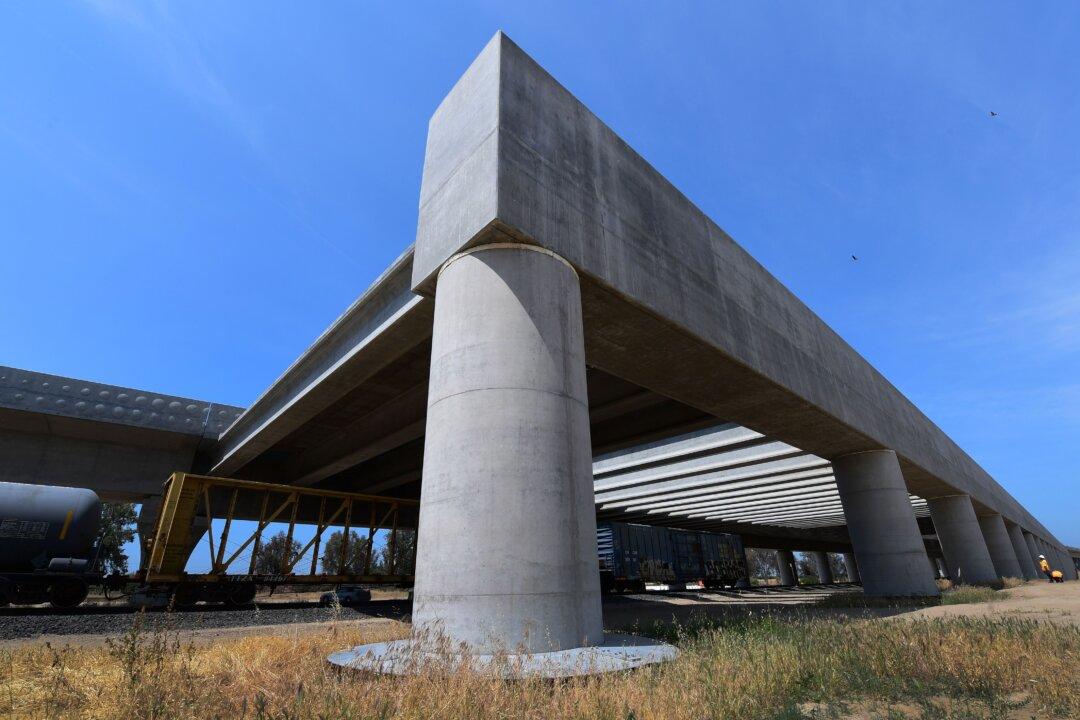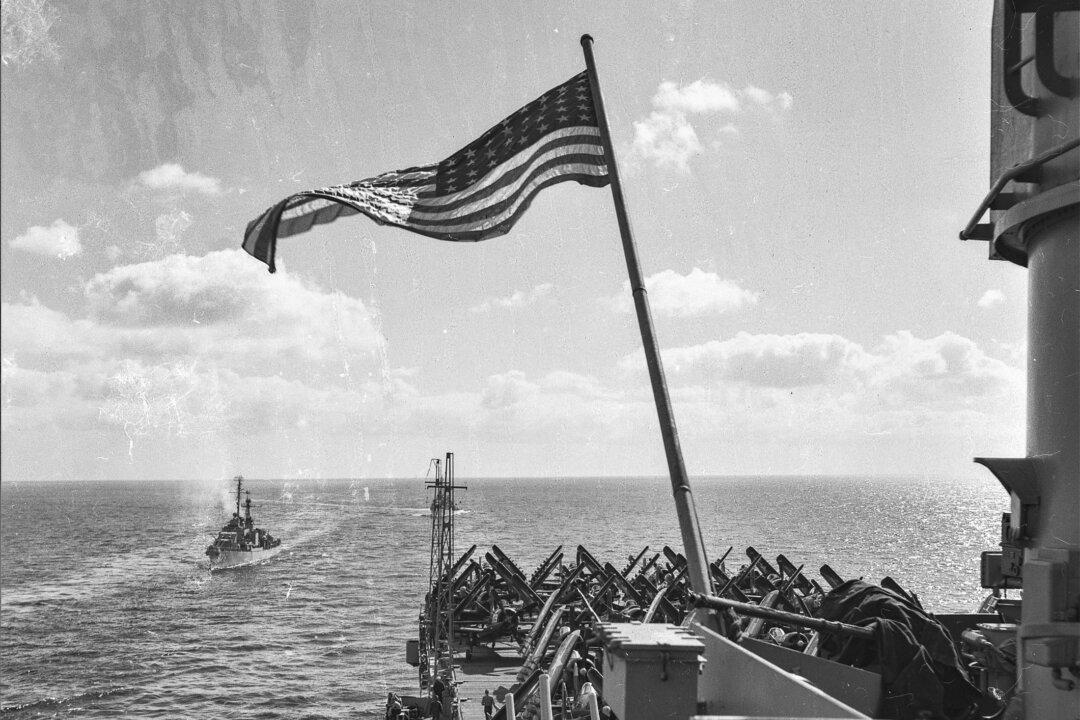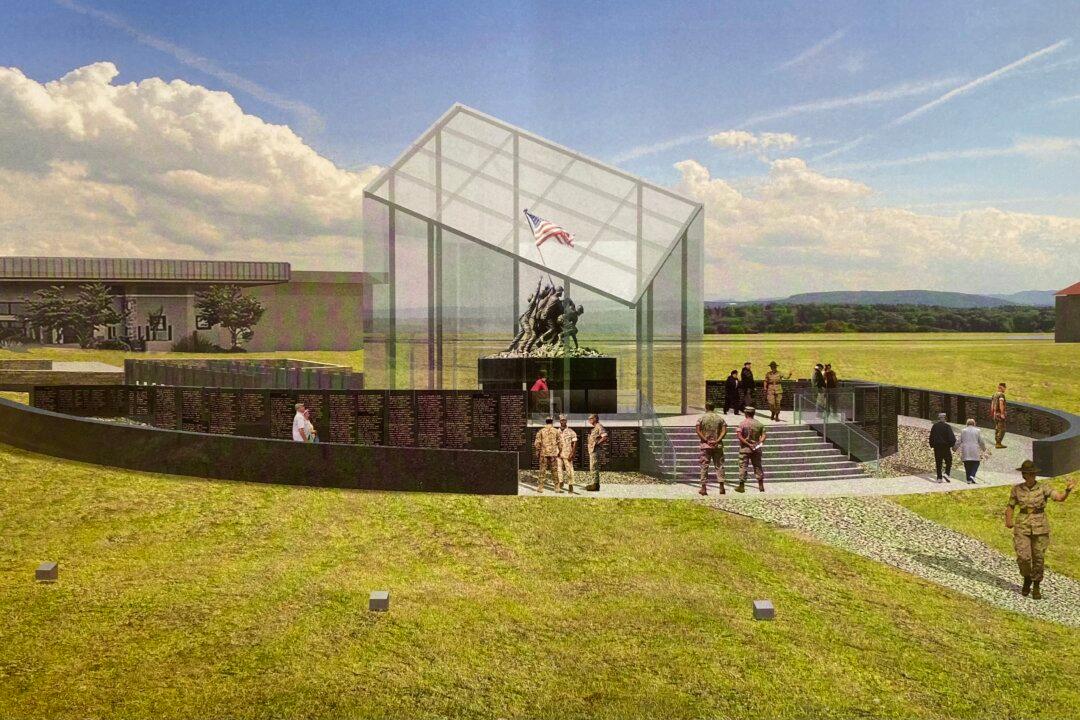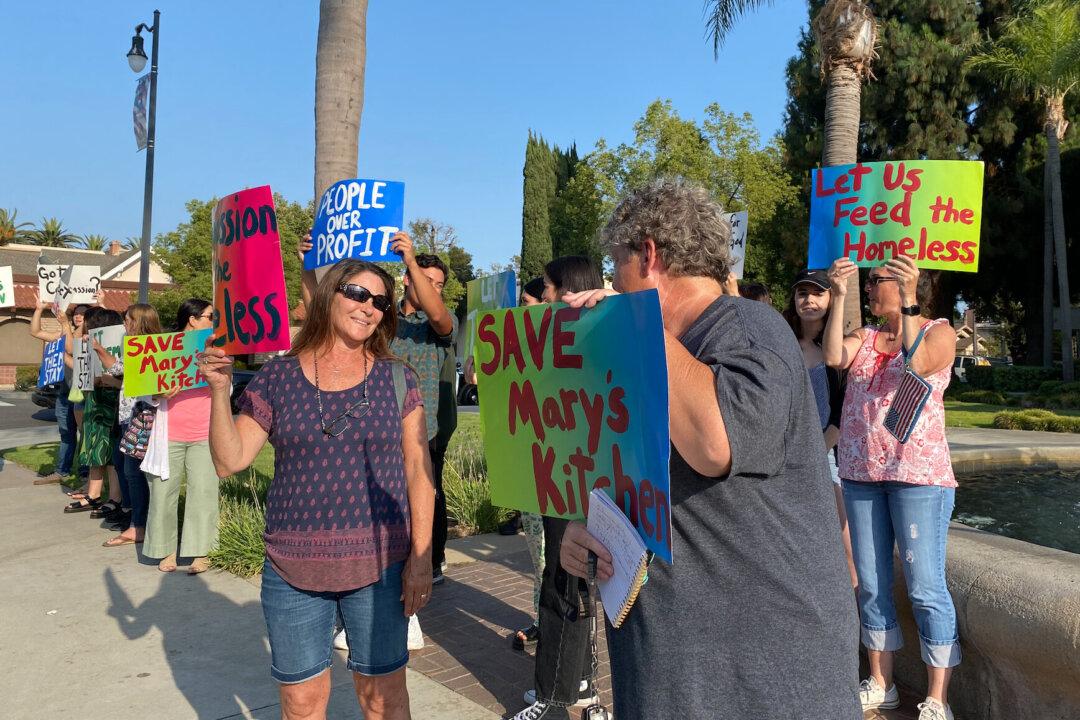The California high-speed bullet train is disrupting farming operations in one of the most productive agricultural areas of the country, according to a lawyer representing multiple clients in the San Joaquin Valley.
“It’s going right through the middle of dozens and dozens of farms,” Mark Wasser, a Sacramento attorney, told The Epoch Times, creating a “massive disruption” for local residents.





